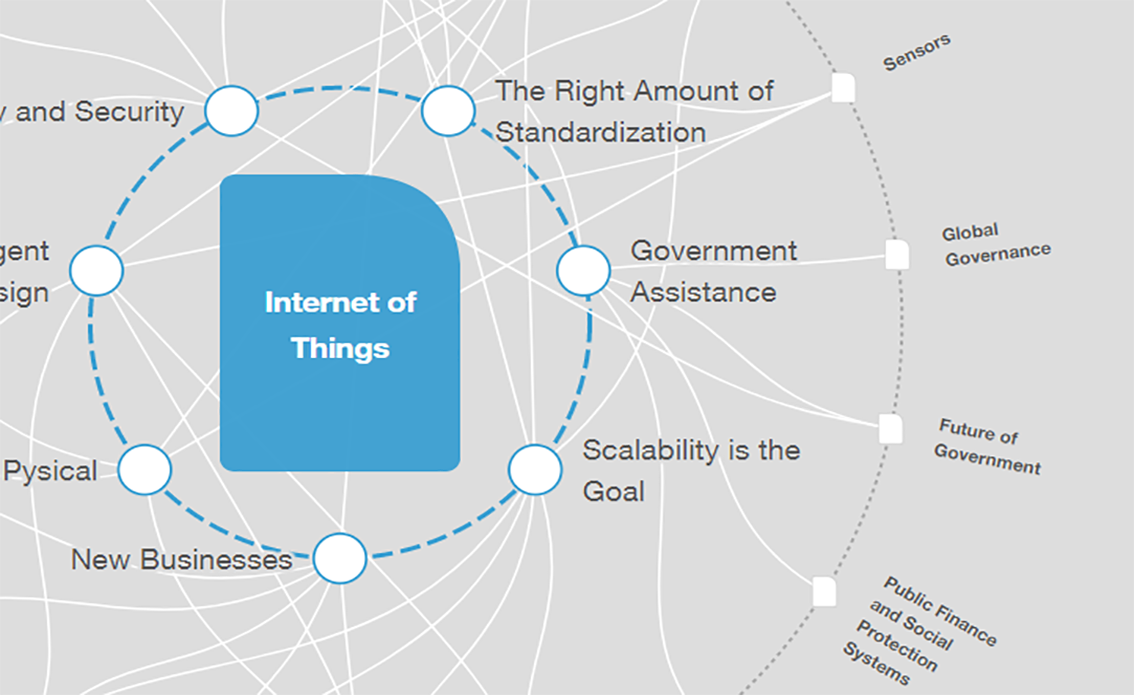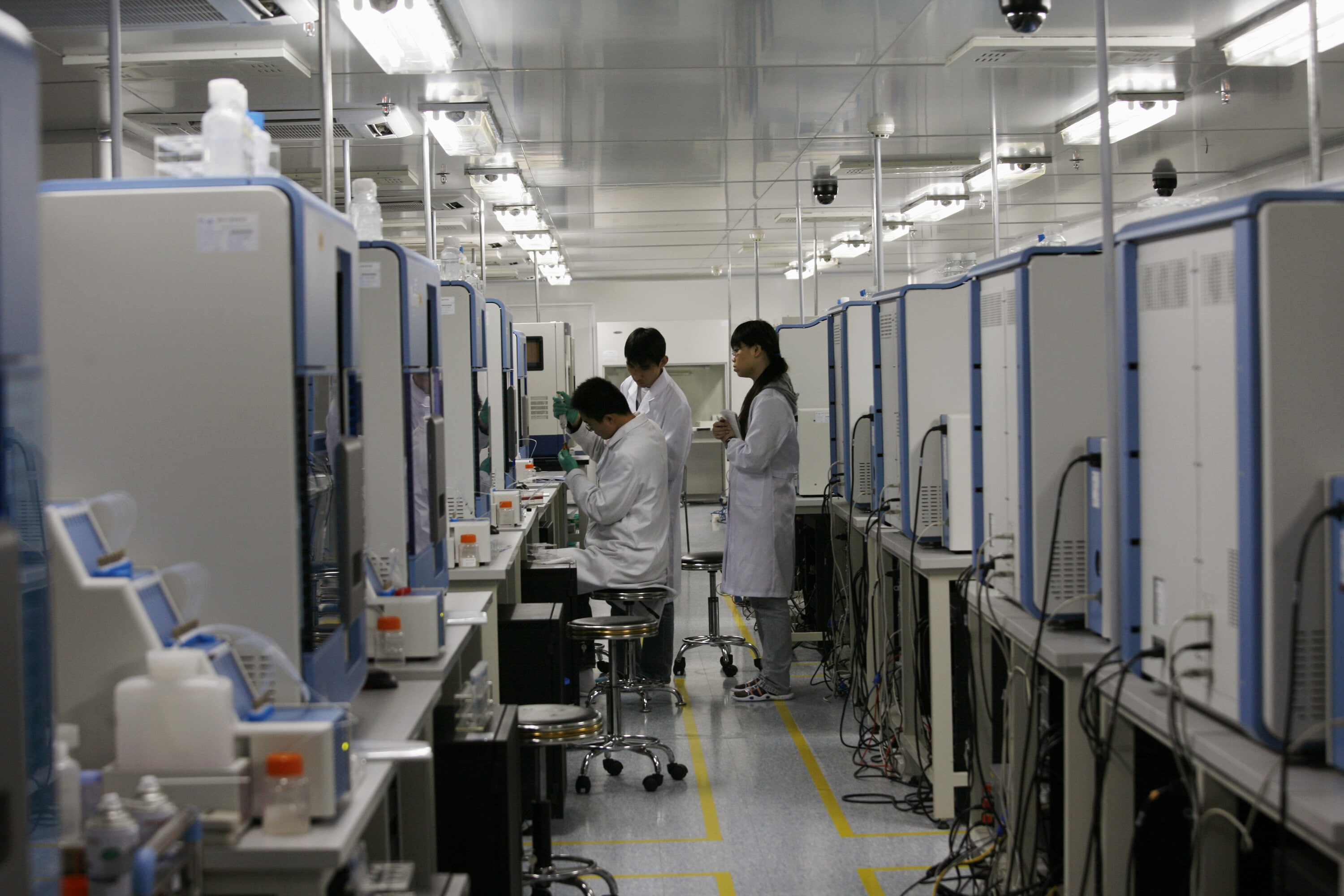Coronavirus has exposed the digital divide like never before

Fewer than 1 in 10 households in less economically developed countries world are connected.
Image: REUTERS/Amanda Perobelli
Stay up to date:
Internet of Things
- Billions of people are going online to stay in touch during the COVID-19 pandemic.
- But almost half of the world’s population has no access to the internet.
- Fewer than 1 in 5 people in the least developed countries are connected.
- This digital divide impacts women more than men.
From schools setting coursework online to office staff working from home, the internet is the answer to many coronavirus lockdown problems. But what about the billions of people who can't get online?
Among the many inequalities exposed by COVID-19, the digital divide is not only one of the most stark, but also among the most surprising. Even in developed countries, internet access is often lower than you might think.
Take the United States for example. More than 6% of the population (21 million people) have no high-speed connection. In Australia, the figure is 13%. Even in the world's richest countries, the web can't keep everyone connected.
Globally, only just over half of households (55%) have an internet connection, according to UNESCO. In the developed world, 87% are connected compared with 47% in developing nations, and just 19% in the least developed countries.
Offline world
In total, 3.7 billion people have no internet access. The majority are in poorer countries, where the need to spread information about how to combat COVID-19 is most urgent. Migrants and the poorest are most vulnerable to the virus, says the World Health Organization (WHO).
More than one billion children across the globe are currently locked out of classrooms because of quarantine measures. No matter that teachers are running daily online classes – many of these children simply cannot take part.
Working from home is only a reality for service sector workers and administrators. But, as figures show, not all of them will be able to connect. Even then, they may find that their connectivity is affected by the sheer volume of people using the web.
US-based M-Labs, which monitors global internet speeds, says that in spite of reassurances from internet service providers that networks are coping with the extra load, broadband speeds have been slowing in some areas.
What is the World Economic Forum doing about the coronavirus outbreak?
America’s unconnected millions
In the US, the Federal Communications Commission (FCC) says that estimates of the number of Americans without internet access may be understated. A 2017 Congress report said 12 million American children were growing up in homes that had no internet connection.
Microsoft President Brad Smith has pointed out that 19 million unconnected households in America are in rural areas. Research for the company’s rural internet project Airband suggests more than 157 million Americans don’t use the internet at broadband speeds.
“Without a proper broadband connection, these communities can’t start or run a modern business, access telemedicine, take an online class, digitally transform their farm or research a school project online,” says Smith.
UNESCO and the ITU’s Broadband Commission for Sustainable Development set a target of connecting 75% of the world’s population to fast internet via cable or wireless by 2025. Although uptake of mobile technology is rising in the developing world, the costs of mobile internet are higher.
Africa’s expensive data
In sub-Saharan Africa, one gigabit (GB) of data - enough to stream a standard-definition film for one hour - costs nearly 40% of the average monthly wage.
According to the World Bank, 85% of Africans live on less than $5.50 a day. Small wonder, then, that most find themselves cut off by the digital divide. And it’s not just a problem in developing nations. In Australia, almost a third of less well-off homes have no internet connection.
South Africa has made access to its COVID-19 website free of charge, with no data or airtime required, and local broadband provider Telkom has done the same for educational websites and sites providing coronavirus updates, such as the National Institute for Communicable Diseases.
But free access or not, UNESCO says that there remains a significant digital gender divide. Across 10 countries in Africa, Asia and South America, women are 30-50% less likely than men to use the internet to participate in public life. Globally, women are 23% less likely than men to use mobile internet. The gap is widest in South Asia, followed by sub-Saharan Africa.
Don't miss any update on this topic
Create a free account and access your personalized content collection with our latest publications and analyses.
License and Republishing
World Economic Forum articles may be republished in accordance with the Creative Commons Attribution-NonCommercial-NoDerivatives 4.0 International Public License, and in accordance with our Terms of Use.
The views expressed in this article are those of the author alone and not the World Economic Forum.
Forum Stories newsletter
Bringing you weekly curated insights and analysis on the global issues that matter.
More on Health and Healthcare SystemsSee all
Bushra AlBlooshi, Hoda Al Khzaimi and Heba Ahmad
October 8, 2025
Hoda Al Khzaimi, Bushra AlBlooshi and Heba Ahmad
October 7, 2025
Joan-Paula Bor and Kathleen Schmeler
October 6, 2025
Naoko Tochibayashi
October 3, 2025
Gabriel Onuh
October 1, 2025







